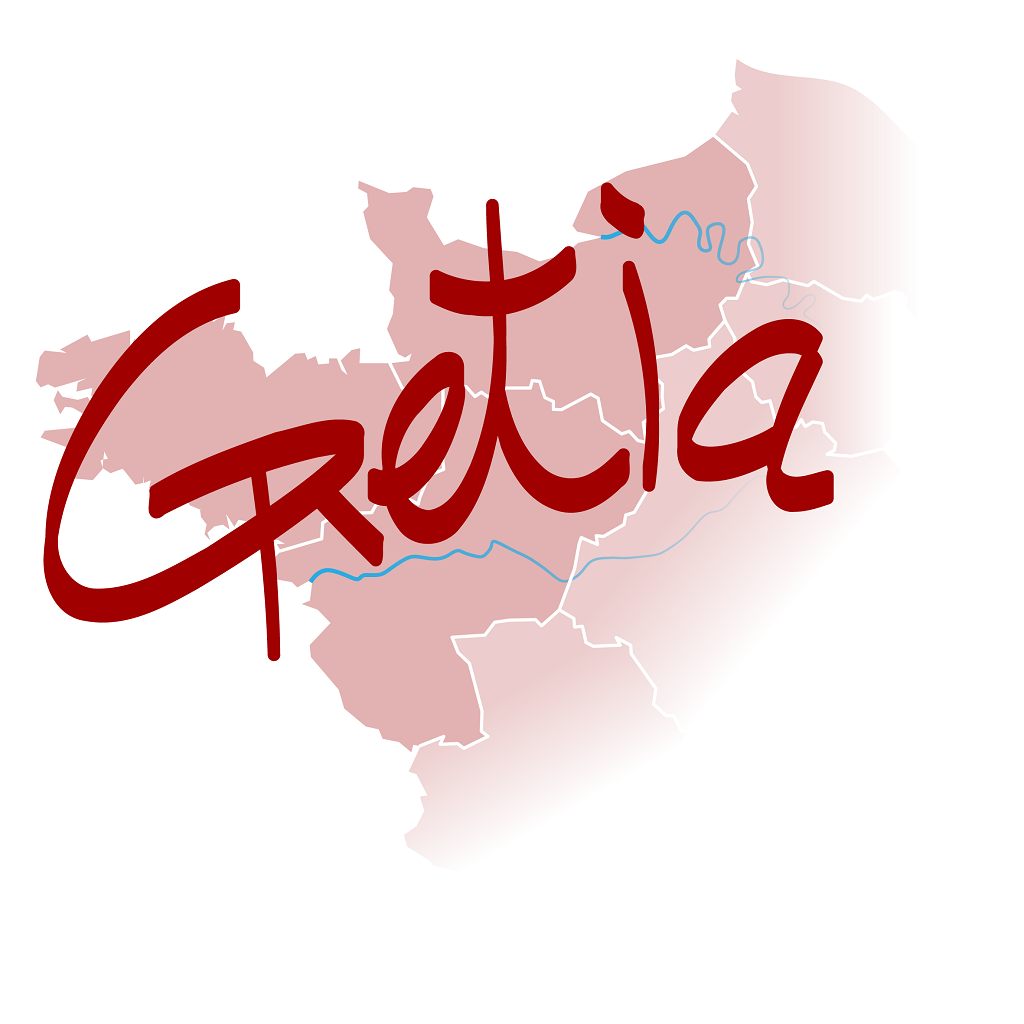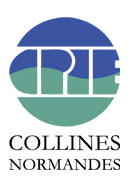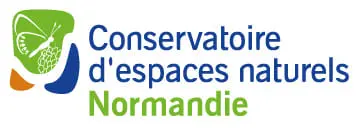- 670 observations
-
123
communes -
90
observateurs
25
organismes -
Première observation
1908 -
Dernière observation
2025
Alençon - Appenai-sous-Bellême - Athis-Val de Rouvre - Aunay-les-Bois - Avernes-Saint-Gourgon - Bailleul - Beauvain - Belforêt-en-Perche - Bellou-en-Houlme - Boischampré - Bonsmoulins - Briouze - Brullemail - Bursard - Canapville - Carrouges - Ceaucé - Champosoult - Champsecret - Chandai - Chaumont - Colombiers - Condé-sur-Sarthe - Coulimer - Coulonges-sur-Sarthe - Cuissai - Écorches - Écouché-les-Vallées - Écouves - Feings - Flers - Fontaine-les-Bassets - Gacé - Gandelain - Giel-Courteilles - Ginai - Gouffern en Auge - Guêprei - Habloville - Hauterive - Héloup - Juvigny Val d'Andaine - La Bellière - La Chaux - La Ferrière-au-Doyen - La Ferrière-Béchet - La Ferté-en-Ouche - La Ferté Macé - La Fresnaie-Fayel - Lalacelle - La Lande-de-Goult - Laleu - Landisacq - La Roche-Mabile - La Ventrouze - Le Bosc-Renoult - Le Bouillon - Le Cercueil - Le Mêle-sur-Sarthe - Le Ménil-Broût - Le Merlerault - Le Renouard - Les Aspres - Les Monts d'Andaine - Les Ventes-de-Bourse - Longny les Villages - Lonlay-l'Abbaye - Lonrai - L'Orée-d'Écouves - Lougé-sur-Maire - Louvières-en-Auge - Marchemaisons - Mardilly - Mauves-sur-Huisne - Ménil-Gondouin - Ménil-Hermei - Merri - Montilly-sur-Noireau - Monts-sur-Orne - Mortagne-au-Perche - Mortrée - Moulins-la-Marche - Neauphe-sur-Dive - Neuilly-le-Bisson - Ommoy - Passais Villages - Perche en Nocé - Perrou - Pervenchères - Pouvrai - Putanges-le-Lac - Rânes - Ri - Rives d'Andaine - Saint-Aubin-d'Appenai - Saint-Aubin-de-Bonneval - Saint-Brice - Saint-Céneri-le-Gérei - Saint-Evroult-de-Montfort - Saint-Evroult-Notre-Dame-du-Bois - Saint-Fraimbault - Saint-Fulgent-des-Ormes - Saint-Germain-du-Corbéis - Saint-Gervais-du-Perron - Saint-Julien-sur-Sarthe - Saint-Léger-sur-Sarthe - Saint-Mars-d'Égrenne - Saint-Martin-du-Vieux-Bellême - Saint-Nicolas-des-Bois - Saint-Patrice-du-Désert - Saint-Philbert-sur-Orne - Saint-Pierre-du-Regard - Saint-Sulpice-sur-Risle - Sap-en-Auge - Sées - Soligny-la-Trappe - Ticheville - Tinchebray-Bocage - Torchamp - Tourouvre au Perche - Val-au-Perche - Valframbert - Vieux-Pont
-
Association Faune & Flore de l'Orne (AFFO)
Participation à 158 Observations
Part d'aide à la prospection : 23.58 %
Fiche organisme
-
UMS PatriNat (OFB-CNRS-MNHN)
Participation à 151 Observations
Part d'aide à la prospection : 22.54 %
Fiche organisme
-
Conseil départemental de l'Orne (bureau ENS)
Participation à 146 Observations
Part d'aide à la prospection : 21.79 %
Fiche organisme
-
Bureaux d'études & consultants
Participation à 104 Observations
Part d'aide à la prospection : 15.52 %
Fiche organisme
-
GRoupe d'ETude des Invertébrés Armoricains (GRETIA)
Participation à 97 Observations
Part d'aide à la prospection : 14.48 %
Fiche organisme
-
PNR et géoparc mondial UNESCO Normandie-Maine
Participation à 88 Observations
Part d'aide à la prospection : 13.13 %
Fiche organisme
-
CPIE Collines normandes
Participation à 43 Observations
Part d'aide à la prospection : 6.42 %
Fiche organisme
-
Muséum national d'Histoire naturelle (MNHN)
Participation à 31 Observations
Part d'aide à la prospection : 4.63 %
Fiche organisme
-
Ministère de la Transition écologique et de la Cohésion des territoires
Participation à 15 Observations
Part d'aide à la prospection : 2.24 %
Fiche organisme
-
Habitants-bénévoles
Participation à 14 Observations
Part d'aide à la prospection : 2.09 %
Fiche organisme
-
Institut national de l'information géographique et forestière (IGN)
Participation à 10 Observations
Part d'aide à la prospection : 1.49 %
Fiche organisme
-
Système mondial d’information sur la biodiversité (GBIF)
Participation à 9 Observations
Part d'aide à la prospection : 1.34 %
Fiche organisme
-
Agence de l'eau Adour-Garonne
Participation à 7 Observations
Part d'aide à la prospection : 1.04 %
Fiche organisme
-
DREAL Normandie
Participation à 7 Observations
Part d'aide à la prospection : 1.04 %
Fiche organisme
-
Agence de l'eau Rhône Méditerranéee et Corse
Participation à 7 Observations
Part d'aide à la prospection : 1.04 %
Fiche organisme
-
Agence de l'eau Rhin-Meuse
Participation à 7 Observations
Part d'aide à la prospection : 1.04 %
Fiche organisme
-
Agence de l'eau Seine-Normandie
Participation à 7 Observations
Part d'aide à la prospection : 1.04 %
Fiche organisme
-
DREAL Pays de la Loire
Participation à 7 Observations
Part d'aide à la prospection : 1.04 %
Fiche organisme
-
Office Français de la Biodiversité (OFB)
Participation à 7 Observations
Part d'aide à la prospection : 1.04 %
Fiche organisme
-
Agence de l'Eau Loire-Bretagne
Participation à 7 Observations
Part d'aide à la prospection : 1.04 %
Fiche organisme
-
DREAL Centre-Val de Loire
Participation à 7 Observations
Part d'aide à la prospection : 1.04 %
Fiche organisme
-
Office national des forêts (ONF)
Participation à 4 Observations
Part d'aide à la prospection : 0.60 %
Fiche organisme
-
Le Monde des Insectes (insectes.org)
Participation à 3 Observations
Part d'aide à la prospection : 0.45 %
Fiche organisme
-
Conservatoire d'espaces naturels de Normandie (CEN Normandie)
Participation à 2 Observations
Part d'aide à la prospection : 0.30 %
Fiche organisme
Informations espèce
Répartition actuelle en France métropolitaine
© INPN - Avertissement : les données visualisables reflètent l'état d'avancement des connaissances et/ou la disponibilité des données existantes au niveau national : elles ne peuvent en aucun cas être considérées comme exhaustives.
Répartition actuelle dans le monde
Avertissement : les données visualisables reflètent l'état d'avancement des connaissances et/ou la disponibilité des données existantes au niveau mondial : elles ne peuvent en aucun cas être considérées comme exhaustives.


















